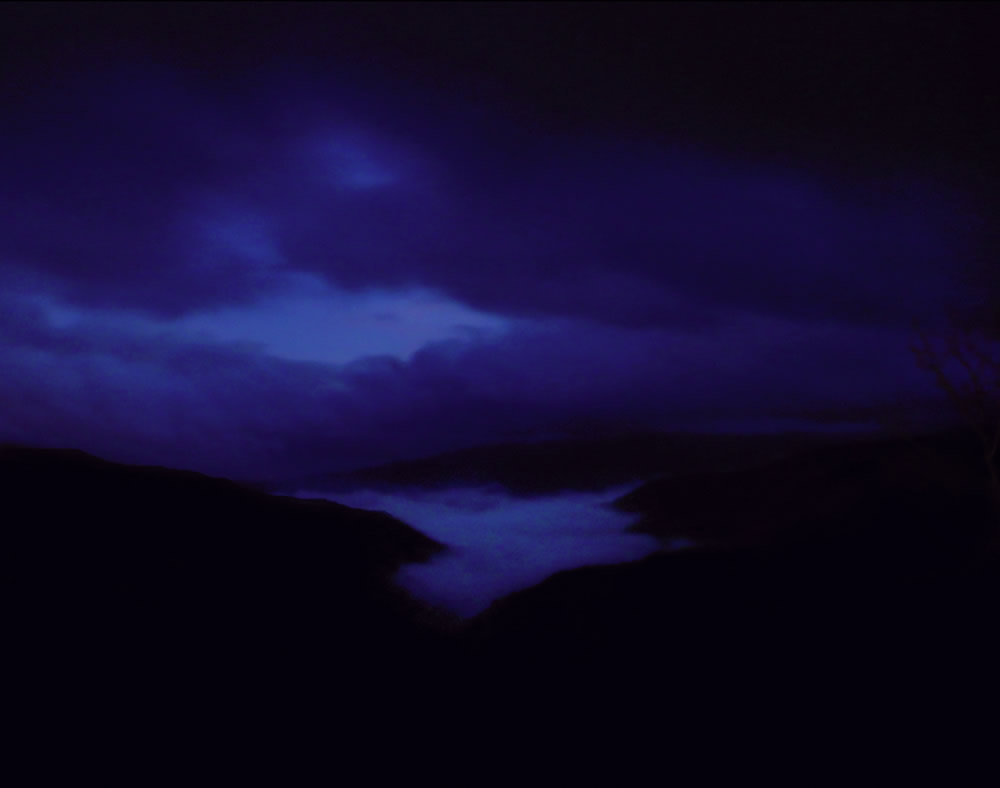Giovanni Ozzola was born in Florence in 1982. He did not attend any vocational art school and in 2001, after spending some years in London, he returned to Italy where he began developing his artistic path. At the heart of his investigation, we find the phenomenon of light as the key material used to express his vision. He held solo shows at Forte Belvedere, Florence (2007) and at Centro Arti Visive Pescheria, Pesaro (2011). He also took part in group exhibitions, including: Happiness. A Survival Guide for Art and Life, Mori Art Museum, Tokyo (2001); Scirocco, Künstlerhaus, Bregenz (2006); (In)Visible (In) Corporeo, MAN Museo d’Arte, Nuoro (2005); Via Pal. Il confine delle notti, Galleria Civica di Arte Contemporanea, Trento (2002). He was bestowed the Terna Award (2008), the Talent Prize (2010), and the Cairo Award (2011).

– title: Nuvole nella valle
– date: 2007
– medium: lambda print
– size: 55×70 cm
– description: Interest in 3D space and the phenomenon of light is at the heart of Giovanni Ozzola’s work. His artistic exploration stems from a regular observation and probing of the visible world, in particular of trivial, apparently negligeable events, such as natural phenomena that occur daily, day after day, always the same yet each time unique and unrepeatable. The artist contemplates dawns, sunsets, sunrises, when the light alters the silhouette of objects, of the earth and sea, plants, indoor and outdoor spaces. It is about a world made up of visions that are about to fade away, seized in the very moment of their ephemeral movement in time or place; their fugacious life is highlighted by the artist, who probes them with the gaze of a scientist. Ozzola’s lens grasps the endless transmutations of light in a relentless attempt to snare something evanescent and transient, offering evidence of the epiphanic properties of photography. And this occurs precisely with Nuvole nella valle: during a trip to San Giovanni Valdarno, Ozzola seizes the landscape at dawn. The image stands out for its numerous degrees of blue and allows the appreciation of the physical force of light, which shapes the world and makes it visible.